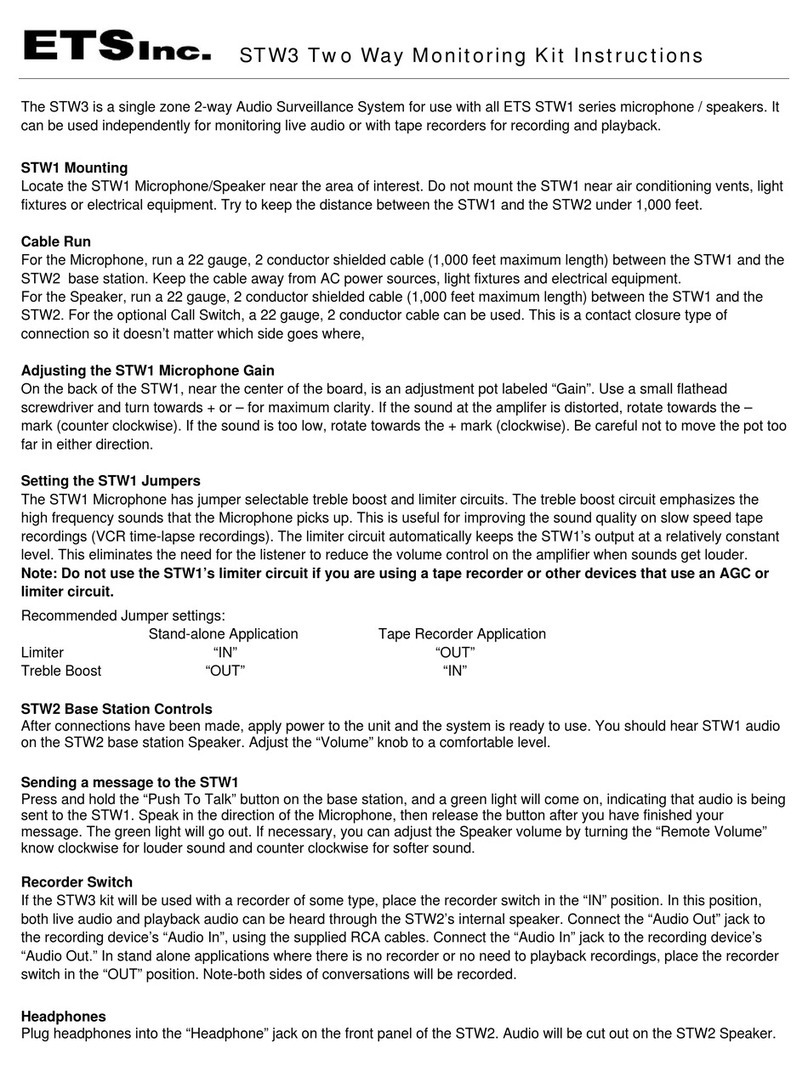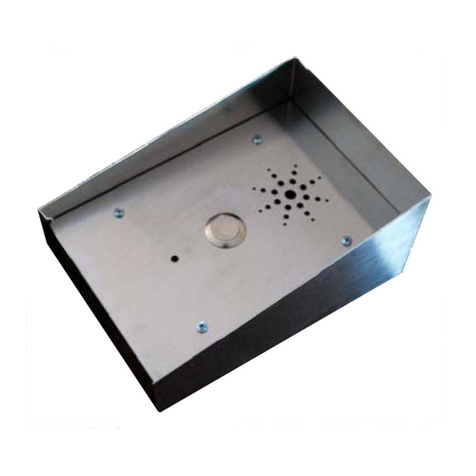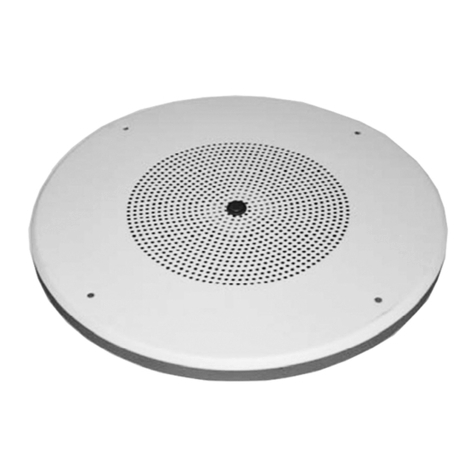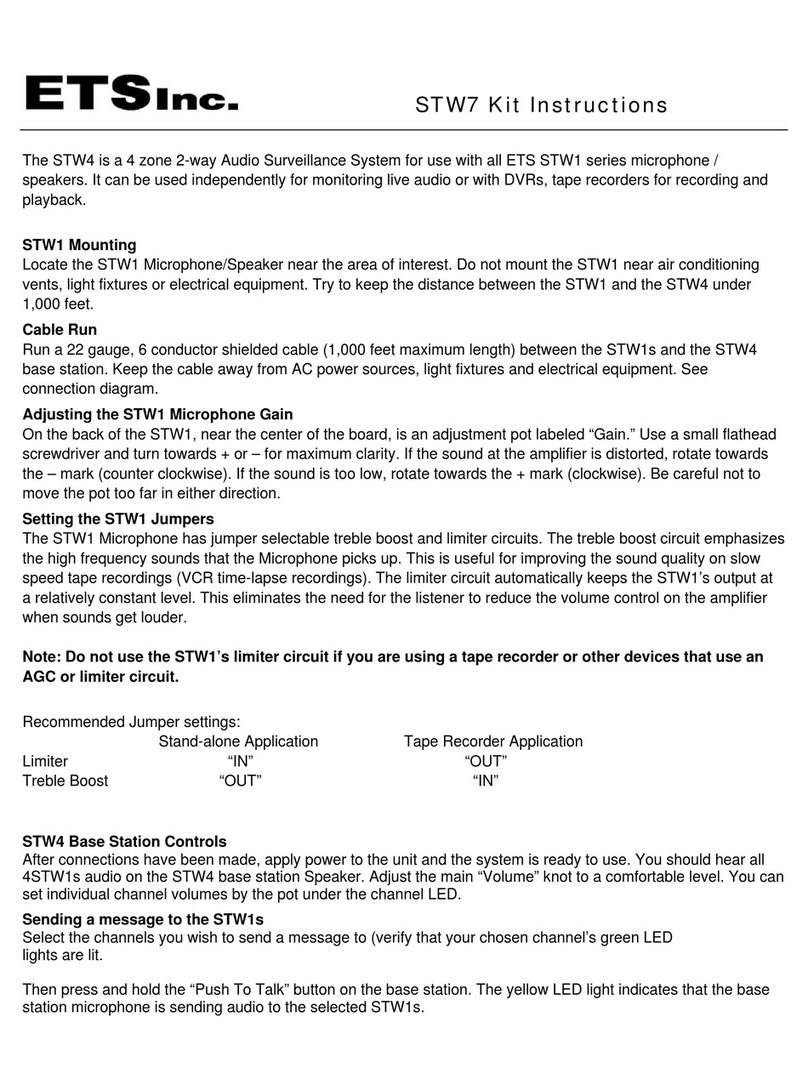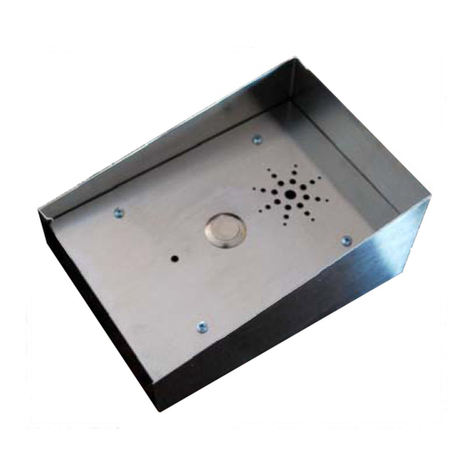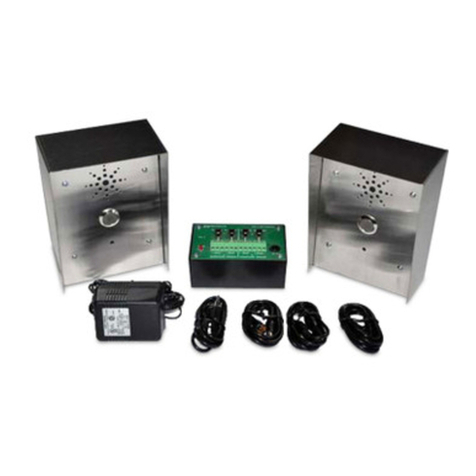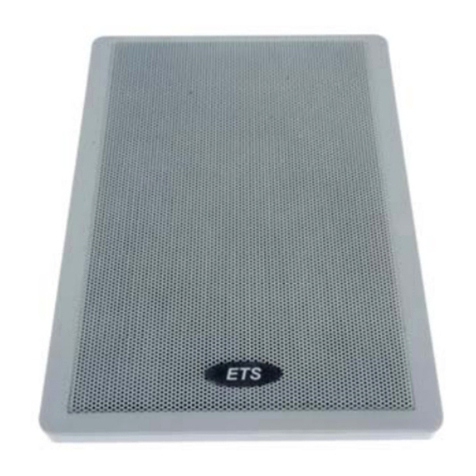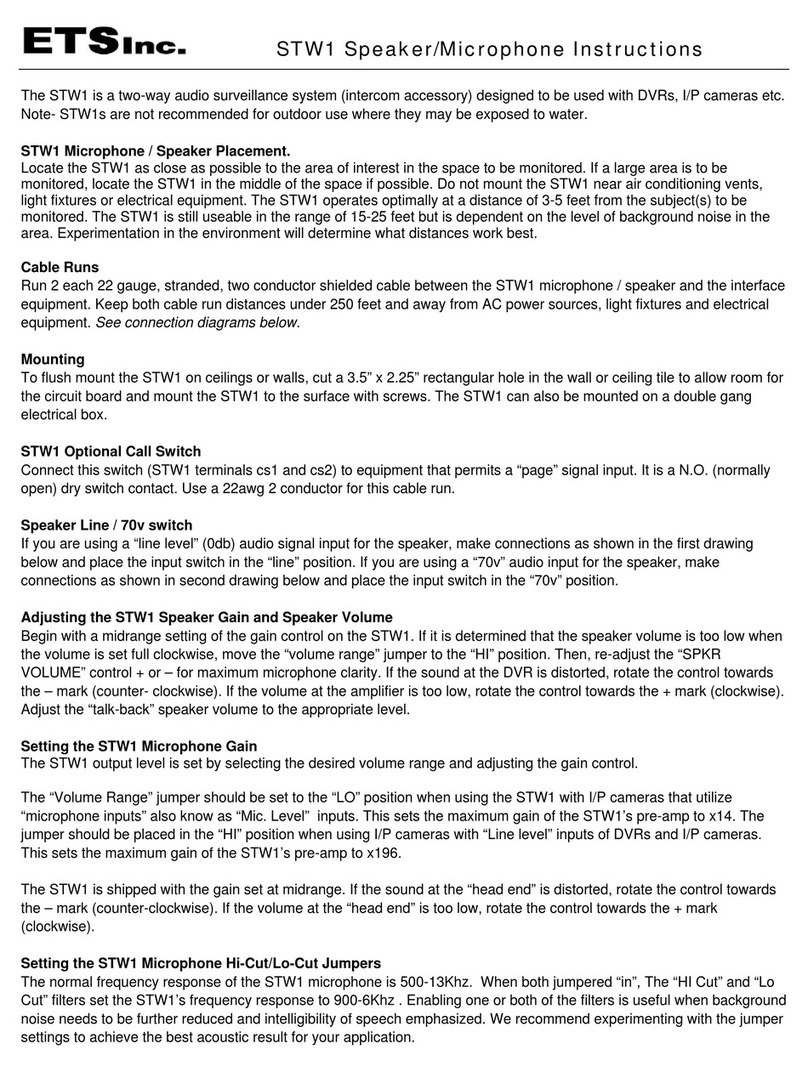
SM6 Microphone Kit Instructions
The SM6 is a complete stand-alone audio monitoring system. The SM6 can be used independently or with a CCTV
system. The SM6 also easily connects to recording equipment such as DVRs, linear time-lapse VCRs and audio tape
recorders. Note the audio input / output signals of the kit are “line level” (0dbm).
SM1 Microphone Placement.
Locate the SM1 microphone near the area of interest in the room to be monitored. If the entire room is to be monitored,
locate the SM1 in the middle of the room. Do not mount the microphone near air conditioning vents, light fixtures or
electrical equipment. The SM1 should be placed at least 5 feet away from the subject(s) to be monitored. The SM1 is still
useable in the range of 15-25 feet but is dependent on the level of background noise in the areas. Experimentation in the
environment will determine what distances work best.
SM1 Mounting
To flush mount the SM1 on ceilings or walls, cut a 2 ¼” by 2 ¾“ hole in the wall or ceiling tile to allow room for the circuit
board and mount the SM1 to the surface with screws. For surface mounting, purchase the ETS SM1-LE omni-directional
microphone or use a single gang electrical box.
Cable Run
Run a 22 gauge, stranded, two conductor shielded cable between the SM3 amplifier and the SM1 microphone. Keep the
cable run distance under 1,000 feet and away from AC power sources, light fixtures and electrical equipment. See Figure
1 for connection diagram.
SM3 Recorder switch
If the SM6 kit will be used with a recorder of some type, place the recorder switch in the “IN” position. In this position, both
live audio and playback audio can be heard through the SM3s internal speaker. In stand alone applications where there is
no recorder or no need to playback recordings, place the recorder switch in the “OUT” position.
SM3 Headphone jack
Plug in a set of 3.5mm stereo headphones for private listening. The internal speaker of the SM3 will be automatically
disabled until the headphones are unplugged.
Adjusting the SM1 Gain
SM1 output level is set by selecting the desired volume range and adjusting the gain control.
The “Volume Range” jumper should be set to the “LO” position when using the SM1 with I/P cameras that utilize
“microphone inputs” also know as “Mic. Level” inputs. This sets the maximum gain of the SM1’s pre-amp to x14. The
jumper should be placed in the “HI” position when using “Line level” inputs of DVRs and I/P cameras. This sets the
maximum gain of the SM1’s pre-amp to x196.
The SM1 is shipped with the gain set at midrange. If the sound at the “head end” is distorted, rotate the control towards
the – mark (counter-clockwise). If the volume at the “head end” is too low, rotate the control towards the + mark
(clockwise).
Setting the SM1 Hi-Cut/Lo-Cut Jumpers
The normal frequency response of the SM1 microphone is 500-13Khz. When both jumpered “in”, The “HI Cut” and “Lo
Cut” filters set the SM1’s frequency response to 900-6Khz . Enabling one or both of the filters is useful when background
noise needs to be further reduced and intelligibility of speech emphasized. We recommend experimenting with the jumper
settings to achieve the best acoustic result for your application.
Available from A1 Security Cameras














